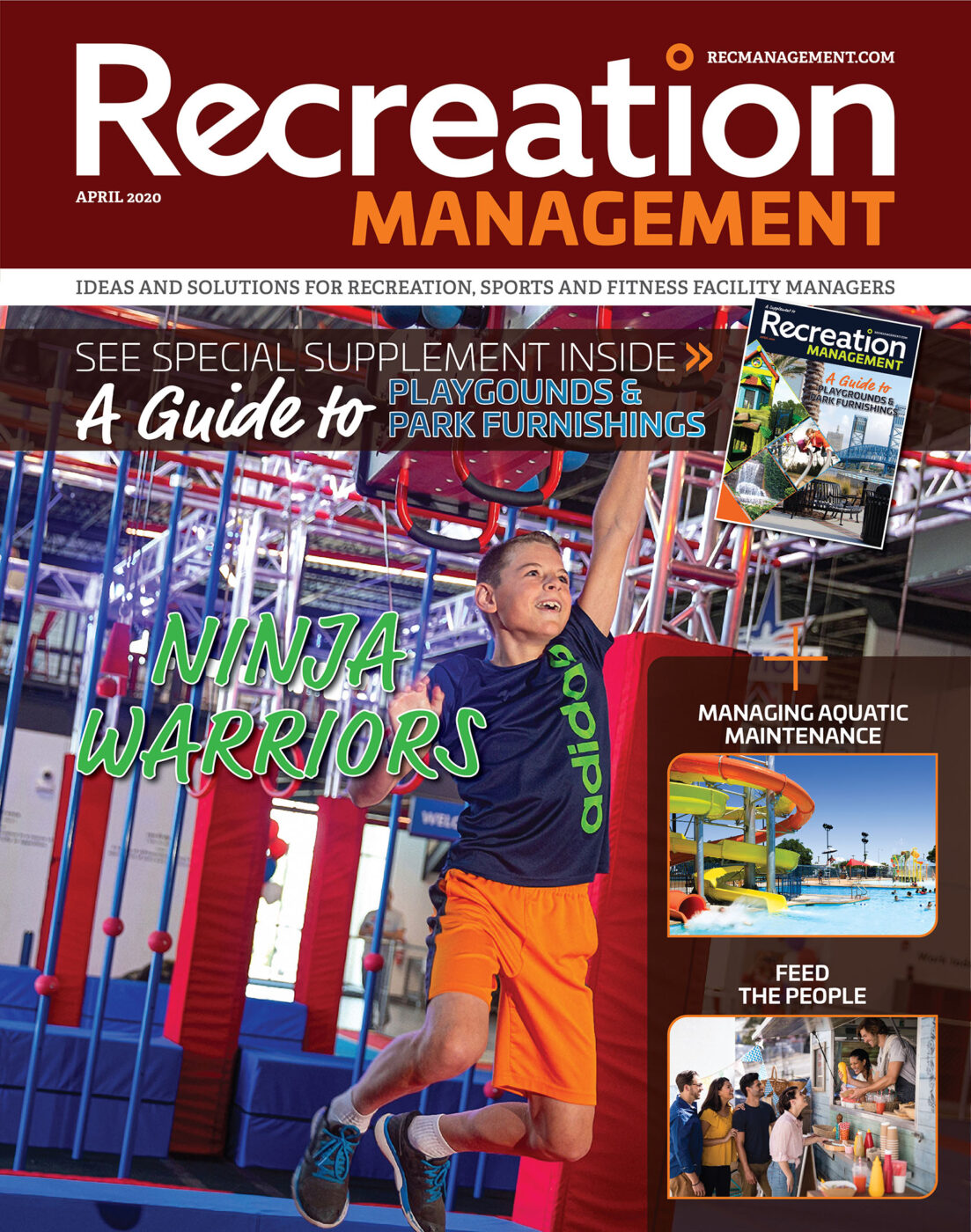Recreation Management – Playgrounds that Pop
Building A Better Playground, by Rick Danders
Shout out to Recreation Management for including us in their April issue.
Be Inclusive
Inclusivity is also a growing commitment by parks and rec departments and other providers when it comes to playgrounds. Families with children with disabilities have asked for support, and parks and rec departments want to work to include elements in their playgrounds that suit children of all abilities.
According to Lisa Annis, marketing ninja for a Minneapolis-based builder of custom playgrounds, playgrounds have been required to meet ADA requirements for many years. However, those requirements are very basic and translate to a sea of ramps on a traditional post-and-platform playground.
“We look to design environments that not only allow access to children with disabilities, but that also challenge them in play and encourage play between children with and without disabilities,” she said. “A design environment might include climbers that are transferable by wheelchair and that take children with disabilities to new heights, quiet areas positioned away from high traffic for children with autism, slides built to resist electrostatic discharge (ESD) for children with cochlear devices and transitional colors and textures for children with visual impairments.”
Todd Lehman, founder, owner and self-described ‘design guy’ at the same Minneapolis-based company, said the biggest challenge he sees with an inclusive playground “is to not have it look like it is just a sea of ramps. We work hard not to hide ramps, but to work them seamlessly into the overall design. The idea is to bring children of all abilities together, not to separate them.”
A good example of that kind of playground design thinking is Casey’s Clubhouse, in Boyce Mayview Park, Upper St. Clair, Pa., near Pittsburgh. The playground features custom aluminum fabricated slides safe for children with cochlear implants, equipment to address walking impairments, multiple educational and musical elements including a baseball bat metallophone, transfer-accessible climbers and wheelchair-accessible play at higher elevations. The Clubhouse also has several elements to address children with visual impairments such as transition colors to indicate changes in elevation and steps as well as embossed 3-D discovery finds in a large majority of the play equipment.
